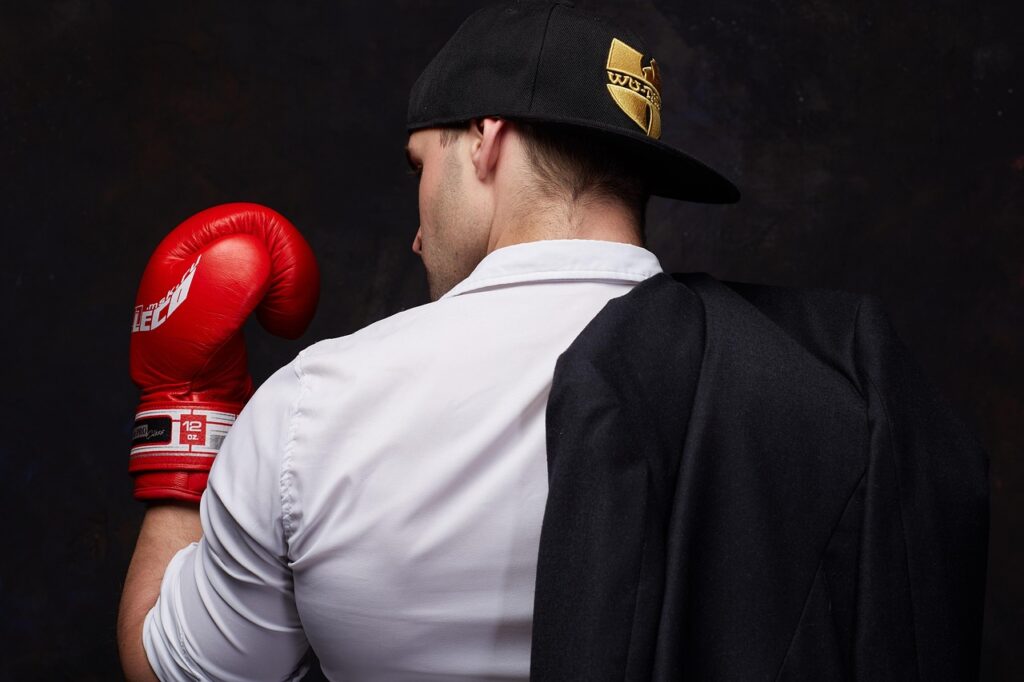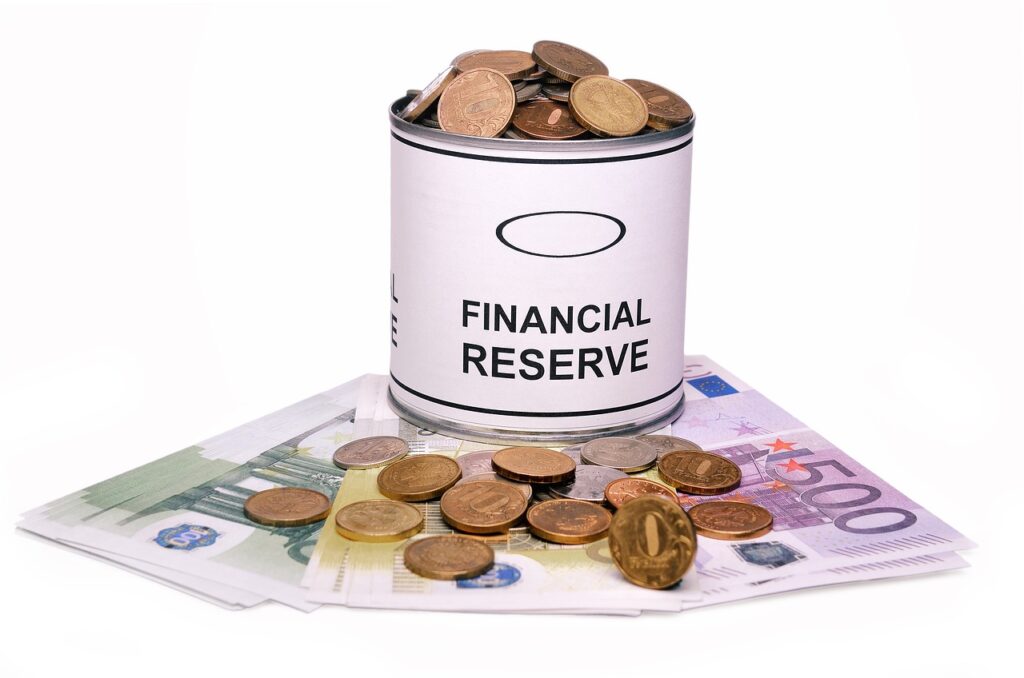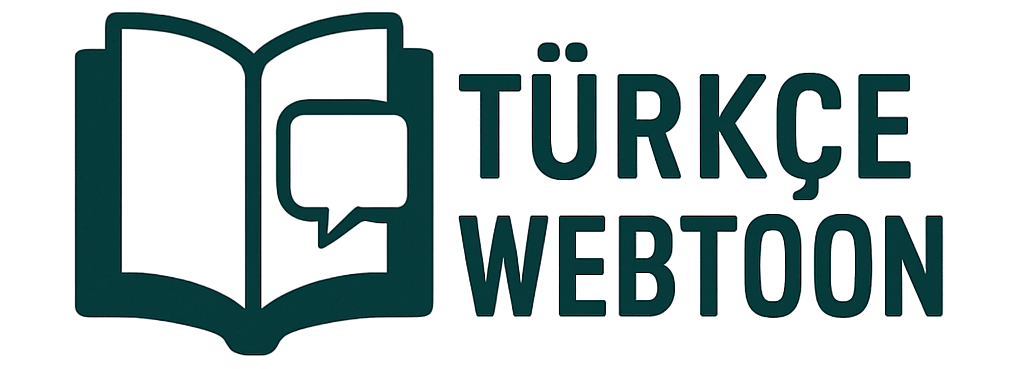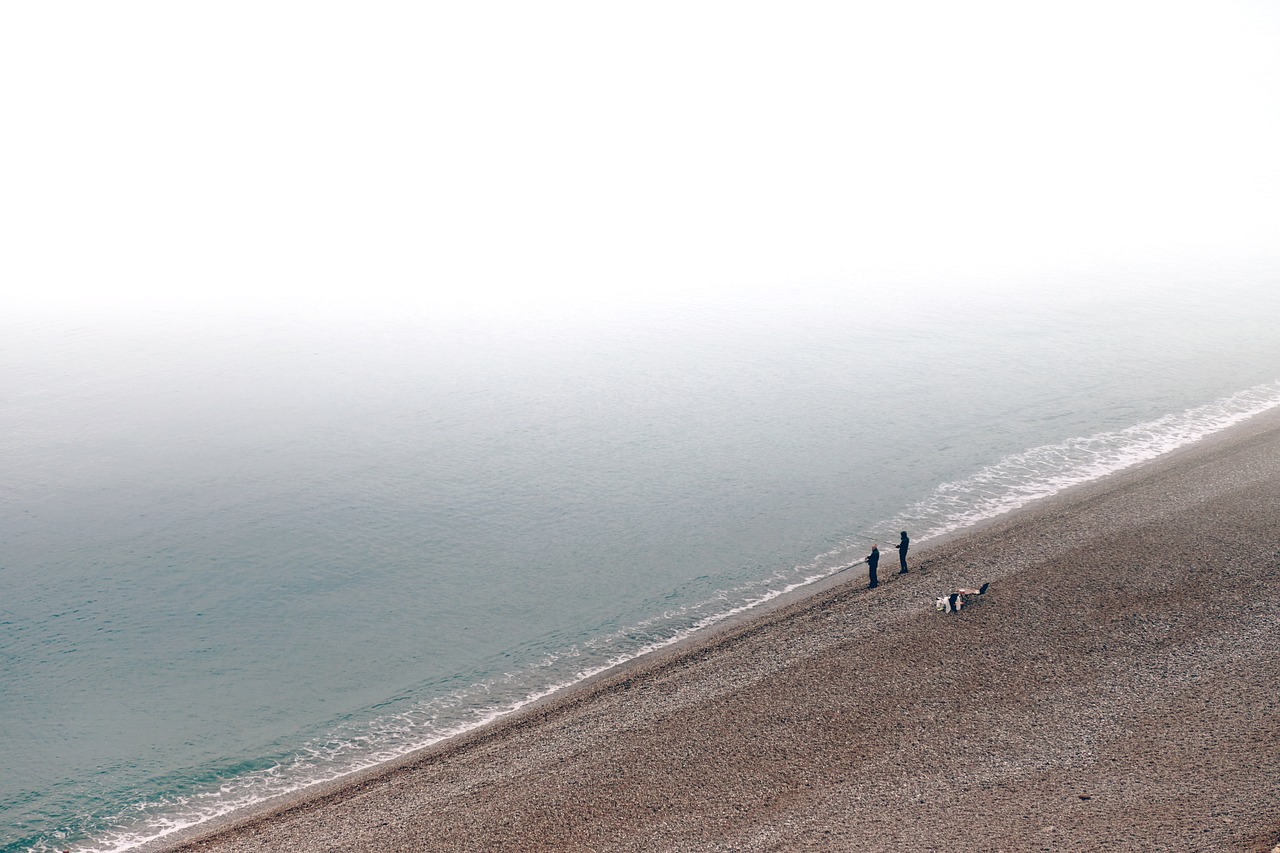Ever feel suffocated by “stuff”? Like your home, your schedule, even your thoughts are overflowing with things that don’t quite spark joy (to borrow a famous phrase)? You’re not alone. In a world that constantly tells us “more is better,” it’s easy to get caught in a consumerist cycle, accumulating things we don’t need, chasing desires that don’t truly fulfill us, and feeling perpetually overwhelmed by the sheer volume of it all. This isn’t just about cluttered closets; it’s about cluttered minds, strained finances, and a gnawing feeling that something’s just… off.
But what if there was another way? A path that promises less stress, more freedom, deeper meaning, and a whole lot more joy? Enter minimalism. Forget the stark, empty rooms you might picture. Minimalism isn’t about deprivation; it’s about intention. It’s about consciously designing a life that’s rich in what truly matters to you, and letting go of everything else. It’s a powerful approach that can declutter your physical space, free up your time, clarify your values, and ultimately, improve your life in profound ways. Ready to explore how a little less can lead to a whole lot more? Let’s uncover the magic of minimalism together!

Minimalism: More Than Just Empty Spaces
When you hear “minimalism,” what comes to mind? Maybe a perfectly curated apartment with only a single plant and one very expensive chair? While that’s a form of minimalism, it’s far from the only one. Minimalism is fundamentally about identifying what is essential in your life and removing everything that distracts from it. It’s a tool, a mindset, a lifestyle, not a rigid set of rules or an aesthetic.
Defining Minimalism: A Personalized Approach
At its core, minimalism encourages you to ask: “Does this add value to my life?” This question applies to everything: physical possessions, commitments, digital subscriptions, relationships, and even your thoughts. If something doesn’t add value, then perhaps it’s taking away from something else – your time, energy, peace of mind, or financial resources.
It’s crucial to understand that there’s no single definition of a minimalist. Your version of minimalism will look different from mine, and that’s perfectly fine! For a family of five, having 20 plates might be perfectly minimalist, while for a single person, it might be four. The goal isn’t to reach an arbitrary number of possessions or to live in a barren home. The goal is to curate a life that aligns with your values and brings you the most fulfillment.
Why Are So Many People Embracing Minimalism?
The allure of minimalism isn’t just a fleeting trend. It speaks to a deeper human desire for meaning and control in an increasingly complex world. People are turning to minimalism for a variety of reasons:
- Financial Freedom: Less buying means more saving. Simplifying your possessions often leads to a reevaluation of spending habits, which can free up significant financial resources for experiences, investments, or debt repayment.
- Reduced Stress and Clutter: A cluttered environment often leads to a cluttered mind. When your physical space is organized and intentional, it can lead to greater mental clarity and reduced anxiety.
- More Time: Less stuff to clean, organize, and manage means more time for what you love – hobbies, relationships, personal growth, or just relaxing!
- Environmental Impact: Minimalism inherently promotes conscious consumption, reducing waste and our overall environmental footprint. It encourages reusing, repairing, and buying quality over quantity.
- Greater Focus and Purpose: By removing distractions, you create space to focus on your true priorities, passions, and goals. It helps you clarify what truly matters to you.

Decluttering Your Physical Space: The Foundation of Minimalism
For many, the journey into minimalism begins with decluttering their physical environment. It’s often the most tangible and immediate way to experience the benefits. But where do you even begin when faced with years of accumulated stuff?
The KonMari Method: A Spark Joy Revolution
While there are many decluttering methods, Marie Kondo’s KonMari Method became a global phenomenon for a reason: it reframes decluttering from a chore into a joyful, intentional process. Her core principle is simple: hold each item and ask yourself, “Does this spark joy?” If it does, keep it. If not, thank it for its service and let it go.
Here’s a simplified guide to applying the KonMari philosophy:
- Categorize, Don’t Criticize: Instead of tackling room by room, gather all items from one category (e.g., all your clothes from every closet and drawer) into one giant pile. This helps you realize the sheer volume you own.
- Touch and Evaluate: Pick up each item. Does it make you feel happy, useful, or good? Be honest with yourself.
- Discard with Gratitude: For items you decide to let go of, thank them for their role in your life. This might sound a little quirky, but it helps create a sense of closure and reduces guilt.
- Organize Intentionally: Once you’ve decluttered a category, organize what remains with care and intention. Everything should have a home.
Mini Case Study: Emma, a marketing professional, felt overwhelmed by her overflowing wardrobe. Applying the KonMari method to her clothes, she realized she only truly loved and wore about 30% of what she owned. By donating the rest, she not only freed up closet space but also found it easier to get dressed each morning, reducing decision fatigue. She even discovered she spent less on new clothes because she became more intentional about her purchases.
Tackling Specific Clutter Hotspots
- The Closet: After using the “spark joy” method, consider a capsule wardrobe – a collection of versatile items that can be mixed and matched to create numerous outfits. This streamlines your morning routine and helps you buy fewer, higher-quality pieces.
- The Kitchen: Go through your kitchen gadgets, dishes, and pantry. Do you really need three spatulas? Are those dusty specialized appliances truly being used? Donate duplicates and rarely used items. Embrace multi-purpose tools.
- Books and Media: In the age of digital content, physical books, CDs, and DVDs can quickly accumulate. Consider whether you truly re-read or re-watch these items, or if a digital library might suffice for your needs. Libraries are also wonderful resources!
- Sentimental Items: This is often the trickiest category. You don’t have to get rid of everything with sentimental value. Curate a small collection of truly cherished items, perhaps digitizing old photos or letters to save space while preserving memories.
Beyond the Physical: Digital and Time Minimalism
Minimalism isn’t just about the tangible. Our digital lives and how we spend our time are also prime candidates for simplification.
Digital Decluttering: Taming the Tech Beast
Our screens are often the biggest sources of modern clutter. Notifications, endless feeds, and disorganized files can create mental chaos.
- Email Inbox Zero: Not just for productivity, but for mental peace. Unsubscribe from newsletters you don’t read. Create folders to archive important emails. Set aside specific times to check and respond to emails, rather than being constantly interrupted.
- App Audit: Go through your phone and delete apps you haven’t used in a month. Turn off non-essential notifications. Every ping is a demand on your attention.
- Social Media Detox: Consider unfollowing accounts that don’t add value or make you feel inadequate. Set time limits for social media use. A “digital Sabbath” – a day or half-day each week completely offline – can be incredibly refreshing.
- File Organization: Just like your physical desk, a messy computer desktop or downloads folder can be a source of stress. Create a clear, logical folder structure for your digital files and keep it tidy.
Time Minimalism: Reclaiming Your Most Precious Resource
Time is our most non-renewable resource, yet we often squander it on activities that don’t serve us.
- Calendar Audit: Look at your weekly schedule. Where are you spending your time? Are there commitments you can gracefully decline or delegate? Are you over-scheduling yourself?
- The Power of “No”: Just as with possessions, learning to say “no” to new commitments that don’t align with your priorities is vital. Protect your time fiercely.
- Batching Tasks: Group similar tasks together (e.g., all errands, all phone calls) to reduce context switching and improve efficiency.
- Mindful Leisure: Instead of mindlessly scrolling, choose leisure activities that truly recharge you. Read a book, go for a walk, spend quality time with loved ones, or engage in a hobby you genuinely enjoy.

Financial Minimalism: Spending on What Matters
A powerful side effect of embracing minimalism is often a healthier relationship with money. When you focus on experiences over possessions, and quality over quantity, your spending habits naturally shift.
Conscious Consumption: Buying With Intention
Financial minimalism isn’t about being cheap; it’s about being intentional with every dollar you spend. Before making a purchase, ask yourself:
- Do I truly need this?
- Does it align with my values?
- Will it add lasting value or joy to my life?
- Can I borrow, repair, or reuse something instead?
- Am I buying this out of habit, boredom, or societal pressure?
This mindset can lead to significant savings. Imagine reducing impulse buys, avoiding keeping up with trends, and investing in durable, timeless items rather than disposable ones.
Reducing Debt and Increasing Savings
With less money spent on “stuff,” you can redirect those funds towards financial goals that truly improve your life: paying down debt, building an emergency fund, saving for a down payment, or investing for your future. The freedom that comes with financial stability is a profound benefit of minimalist living. It allows you to make choices based on desire, not necessity, freeing you from the Golden Handcuffs of consumer debt.
The Mental & Emotional Benefits of a Minimalist Lifestyle
While decluttering your home is a great starting point, the most transformative aspects of minimalism often happen internally.
Reduced Stress and Anxiety
Living with less clutter, fewer distractions, and more intention naturally leads to a reduction in stress. When you’re not constantly searching for lost items, worried about maintaining too many possessions, or feeling overwhelmed by a packed schedule, your mind can finally breathe. The mental bandwidth previously consumed by “stuff” is freed up for more meaningful pursuits.
Increased Focus and Clarity
By removing distractions, both physical and mental, minimalism helps you sharpen your focus. When your home is a peaceful sanctuary and your schedule isn’t overflowing, you have the clarity to concentrate on your most important tasks, projects, and relationships. It’s like clearing out the noise so you can finally hear yourself think.
Discovering Your Values and Purpose
The process of decluttering forces you to confront what you truly value. As you decide what to keep and what to let go of, you’re essentially defining your priorities. This clarity can extend beyond possessions, helping you align your time, energy, and resources with what truly matters to you – your passions, your relationships, your personal growth, or contributing to something larger than yourself. It’s an ongoing conversation with yourself about what constitutes a truly rich and meaningful life.
Greater Freedom and Flexibility
Imagine having less to pack, less to move, less to clean, and less to maintain. This translates to immense freedom. Freedom to travel more lightly, to move homes more easily, to change careers, or simply to enjoy spontaneity without the burden of too many possessions or commitments. It’s about shedding the weight that holds you back and embracing a more nimble, adaptable way of living.
Conclusion: Your Journey to a More Intentional Life
So, what is minimalism, really? It’s not about living with nothing, but about having exactly what you need – and nothing more – to live a fulfilling life aligned with your deepest values. It’s about being intentional with your choices, whether it’s what you bring into your home, how you spend your time, or how you engage with the digital world.
Embracing minimalism is a journey, not a destination. It’s an ongoing process of discovery, refinement, and adjustment. There will be times when you acquire new things, and times when you simplify even further. The beauty of it lies in the continuous pursuit of what truly enriches your life, and the conscious shedding of what doesn’t.
If you’ve been feeling the weight of excess, of busyness, or of constant striving, consider this your invitation. Start small. Pick one drawer, one digital folder, or one hour in your day, and apply the principles of intentionality. You might be surprised at the freedom, clarity, and joy you uncover. Your journey to a more intentional, abundant life starts now. What will you let go of today to make space for what truly matters?
Frequently Asked Questions (FAQ)
Q: Do I have to get rid of everything to be a minimalist?
A: Absolutely not! Minimalism is not about owning a specific number of items or living in an empty house. It’s about consciously deciding what adds value to your life and letting go of what doesn’t. Your version of minimalism will be unique to you and your needs.
Q: Is minimalism only for single people or those without kids?
A: Not at all! Minimalism can be adapted to any living situation, including families. While it might involve different strategies (e.g., teaching kids about intentional consumption), many families find that decluttering and simplifying leads to less stress, more time together, and a more harmonious home environment.
Q: How do I get started if I feel completely overwhelmed?
A: Start with one small, manageable area. Pick a single drawer, a shelf, or even just your digital desktop. Focus on that one area until it’s decluttered, then move to the next. Small wins build momentum and confidence. Don’t try to tackle your entire house in one weekend!
Q: What if I regret getting rid of something?
A: It happens! Most people experience a few “regrets” early in their decluttering journey. However, the overwhelming sentiment for most minimalists is liberation, not regret. If you do miss something, consider if it’s truly essential and if you can reacquire it or find an alternative. Often, the feeling of regret passes quickly.
Q: Can minimalism help me save money?
A: Yes, definitely! By shifting your focus from acquiring possessions to valuing experiences and necessity, you naturally reduce impulse purchases and unnecessary spending. This often leads to significant savings, which can be redirected towards debt repayment, investments, or travel.

